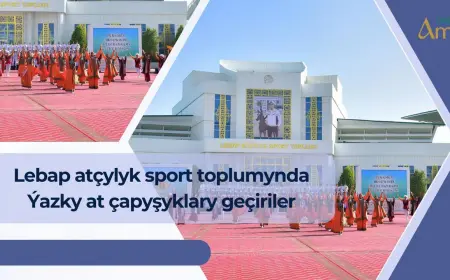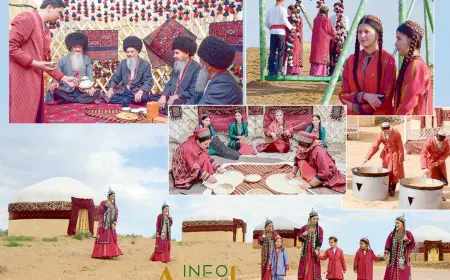Marriage and Divorce: Legal Framework and Social Significance
Marriage is not only a personal relationship between a man and a woman, but also a key institution of society, legally formalizing their union. It defines mutual rights and obligations between spouses and is regulated by the state. In Turkmenistan, marriage and divorce matters are governed by the Family Code of Turkmenistan.

1. Legal Basis of Marriage
1.1. What is marriage?
Marriage is an official union between a man and a woman, entered into with mutual consent, registered by the civil registry office (ZAGS), and creating family-legal relationships between the spouses.
1.2. Conditions for entering into marriage
According to the Family Code of Turkmenistan, the following conditions must be met for marriage:
-
Mutual consent of both parties;
-
Reaching the legal age of marriage (in Turkmenistan: 18 years);
-
No close kinship (marriage between parents and children or siblings is prohibited);
-
Not being married to another person (polygamy is prohibited);
-
Legal capacity (both parties must be mentally sound and able to understand the nature of marriage).
1.3. Procedure for registering marriage
-
Marriage is registered only at civil registry offices (ZAGS).
-
The couple submits a joint application.
-
A waiting period of at least one month is required after submission of the application (except in exceptional cases).
-
After official registration, a marriage certificate is issued to the spouses.
2. Rights and Duties of Spouses After Marriage
Once married:
-
Both spouses have equal rights in the family;
-
They share responsibility for raising children, maintaining the household, and providing for the family;
-
Property acquired during the marriage is considered joint property, unless a marriage contract states otherwise.
3. Dissolution of Marriage (Divorce)
3.1. When can a marriage be dissolved?
If continuing the marriage becomes impossible (e.g., due to conflict, violence, infidelity, long-term separation, etc.), either spouse may file for divorce.
3.2. Ways to dissolve a marriage
There are two main ways to get a divorce:
1) Through civil registry office (simplified procedure):
-
If both spouses agree to the divorce;
-
If they have no underage children;
-
If one spouse is legally incapacitated, missing, or imprisoned for a long period.
2) Through the court:
-
One spouse objects to the divorce;
-
The couple has minor children;
-
There are property disputes, disagreements about child custody, alimony, etc.
3.3. Legal consequences of divorce
-
Division of property: Assets acquired during the marriage are typically divided equally unless proven otherwise;
-
Custody of children: The court decides which parent the child will live with and the visitation rights of the other;
-
Alimony: The non-custodial parent is obligated to contribute to the child's financial support;
-
Surname: Each spouse may keep the shared surname or return to their pre-marriage surname.
4. Social and Moral Importance of Marriage
Marriage is not only a legal arrangement, but also:
-
A foundation of societal stability;
-
A source of love, care, and moral upbringing for children;
-
A bearer of moral values and traditions.
Divorce is a serious matter that affects not only the spouses but also the children and society as a whole. Therefore, the state encourages viewing divorce as a last resort, promoting reconciliation and harmony in the family.
Marriage is one of the most important decisions in life. It is a union based not only on love but also on responsibility, mutual respect, and legal commitment.
Divorce, on the other hand, is a legal solution to end a relationship that has become unworkable, and it must be carried out in strict accordance with the law, with consideration for the rights and well-being of both spouses and especially any children involved.
In Turkmenistan, all matters concerning marriage and its dissolution are regulated by the Family Code, which ensures protection of the rights of spouses and children, and maintains fairness and legal order in family relations.



























